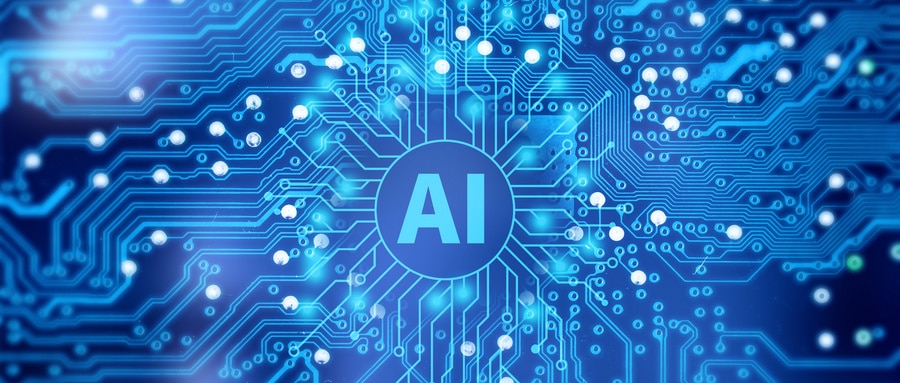Demystifying PCB Board Layers: Understanding Configuration and Functionality
PCB board layers are an integral component of electronic design, helping ensure printed circuit boards achieve performance and functionality. Here we explore their significance, common configurations, and considerations when choosing layers for PCB designs.
PCB Board Layers: Understanding PCB Board Layers
- Signal Layers: Signal layers serve to transport electrical signals between components in an electronic circuit. They feature traces, pads, and vias which establish interconnection within it.
- Power and Ground Layers: Power and ground layers consist of copper planes which distribute power across the PCB while providing stable voltage reference across it, helping reduce noise, improve signal integrity and facilitate efficient power distribution.
- Plane Layers: Plane layers are nondedicated conductive layers used to provide additional shielding or improve heat dissipation or create dedicated signal paths in certain circuit sections. They may be utilized as additional shielding measures or for heat dissipation purposes.
- Solder Mask Layers: Solder mask layers provide protective coverings over copper traces and pads during assembly to insulate them from being covered in solder. They help prevent bridged solder joints while simultaneously assuring proper joint formation.
- Silkscreen Layers: Silkscreen layers contain component outlines, reference designators and other markings designed to aid PCB assembly, placement and identification.
PCB Board Layers: Layer Configurations Examples
- Single-Sided PCB: A single-sided PCB consists of components and traces located on one side, connected by one copper layer. It is an economical option used in basic electronics applications that do not involve much complexity.
- Double-Sided PCB: A double-sided PCB features components and traces on both sides, connected via vias for increased circuit density and more complex designs. This configuration makes up about one half of any double-sided board design.
- Multilayer PCB: A multilayer PCB comprises three or more layers connected by vias for improved component density, signal integrity and thermal management. These layers may include signal, power and ground layers.
PCB Board Layers: Considerations When Selecting PCB Board Layers
- Complexity and Density of Design: Select the number of layers according to the complexity and density of your PCB design. Having more layers allows for increased component density as well as easier interconnections between components.
- Signal Integrity and Noise Reduction: For enhanced signal integrity and noise reduction, adding extra signal, power or ground layers may help minimize signal interference, cross-talk and electromagnetic interference (EMI). This approach could potentially eliminate interference issues and electromagnetic interference (EMI).
- Thermal Management: When designing with heat-generating components, adding extra plane layers for heat dissipation may help ensure optimal operating temperatures and avoid thermal issues. This strategy could prevent issues and keep operating temperatures consistent while keeping costs to a minimum.
- Manufacturing Considerations: When selecting your PCB manufacturer, be mindful of their capabilities and limitations in creating and assembling your desired layer count PCBs. Ensure they can accommodate for all desired layers as they properly fabricate and assemble it for assembly.

Understanding the significance of PCB board layers and taking into account factors like complexity, signal integrity, thermal management and manufacturing capabilities will allow you to choose an ideal number and configuration of layers for your electronic design projects. This will ensure optimal performance, functionality and manufacturability.
PCB Board Layers FAQ:
- What are PCB board layers?
PCB board layers refer to the layers of conductive material, usually copper, separated by insulated layers, typically composed of materials like epoxy resin or glass fiber. These layers form the structure of the printed circuit board (PCB). - What is a single-layer PCB?
A single-layer or single-sided PCB is the simplest type of PCB, with a single layer of conductive material on one side of the board and components on the other side. It’s typically used in less complex electronics that require a more cost-effective design. - What is a double-layer PCB?
A double-layer or double-sided PCB has a layer of conductive material on both sides of the board. Components can be placed and connected on both sides through plated holes known as vias. Double-layer PCBs are used for more complex circuits. - What is a multi-layer PCB?
Multi-layer PCBs have multiple layers of conductive material, ranging from 4 to over 40 layers, separated by insulation. Vias are used to connect components and circuits between different layers. Multi-layer PCBs are used in high-density, high-speed circuit designs. - How are multi-layer PCBs created?
The creation of multi-layer PCBs involves pressing together multiple layers of conductive and insulative material, drilling holes for vias, and then electroplating these holes to establish conductive connections. - Why are multi-layer PCBs used?
Multi-layer PCBs are used when circuit complexity and density are too high for single or double-layer PCBs. They provide more space for routing, can support advanced technologies like HDI (High-Density Interconnect), and improve EMI (Electromagnetic Interference) protection. - What are the layers in a 4-layer PCB?
A typical 4-layer PCB is composed of: a top layer for signal routing and components, an inner layer 1 for ground plane, an inner layer 2 for power plane, and a bottom layer for signal routing. - Does the number of layers affect the PCB performance?
Yes, having more layers can provide better EMI shielding, a more straightforward routing process, and the ability to design more compact and complex circuits. However, it also impacts the cost and complexity of the PCB manufacturing. - How are layers connected in a multi-layer PCB?
Layers are connected through vias, holes that can be plated with conductive material. Depending on the construction, these could be through-hole vias (connecting all layers), blind vias (connecting outer to inner layers), or buried vias (connecting only inner layers). - Does the thickness of the PCB change with the number of layers?
Generally, yes. More layers will tend to increase the total thickness of the PCB, but the specific thickness also depends on the thickness of the individual layers and the insulation material.























